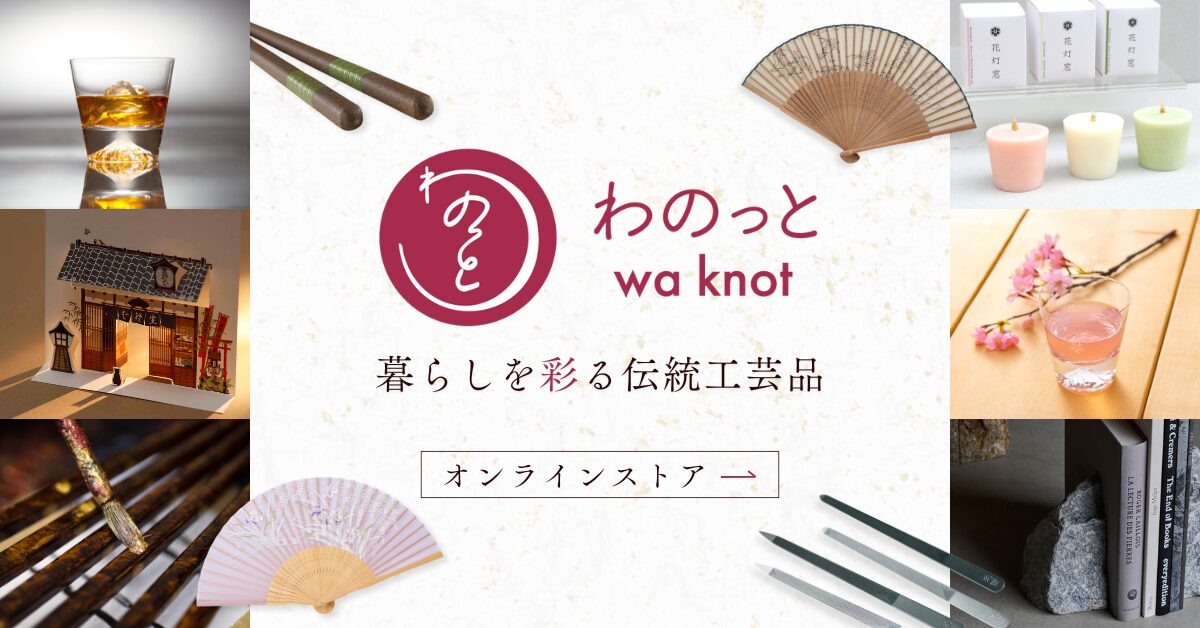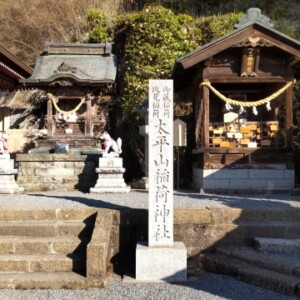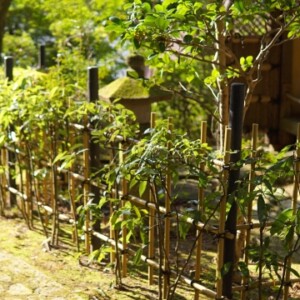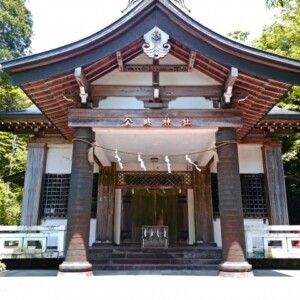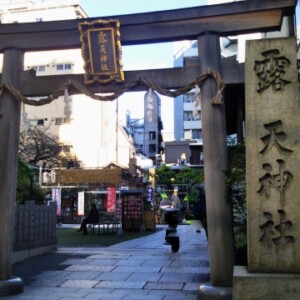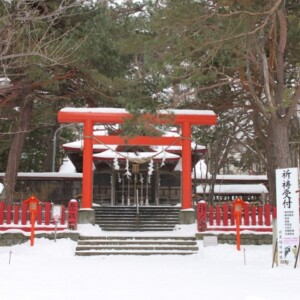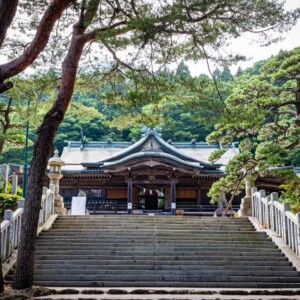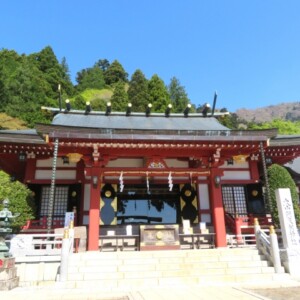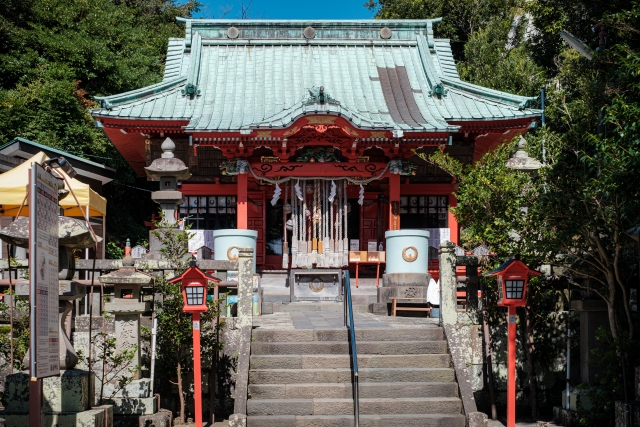
Kainan Shrine|Complete guide to the history, highlights, and worship information of the Soshu-Miura Soshinmachi Shrine
Kainan Shrine, located in Misaki, Miura City, Kanagawa Prefecture, is an ancient shrine with a history of more than 1,000 years as the head shrine of Soshu-Miura, located in a corner surrounded by a quiet forest a short distance uptown from Misaki Port. Since its establishment in the mid-Heian period, the shrine has been deeply loved by the local people, and many visitors come to see the sacred tree associated with Minamoto no Yoritomo and the “chakkirako,” which has been registered as a UNESCO Intangible Cultural Heritage site, as one of the best power spots in Kanagawa Prefecture.
Outline and Basic Information on Kainan Shrine
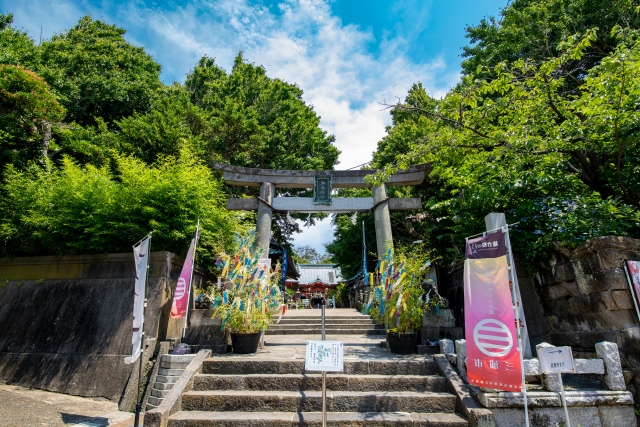
Kainan Shrine is an ancient shrine built in 982 during the mid-Heian period and enshrines a total of more than a dozen pillars, including a historical figure who is said to have protected the area from pirates, as well as a god of cooking, which is rare in Japan. Although the shrine is located just a short walk from the shopping street of Misaki Port, its precincts remain a sacred space surrounded by silence.
History and Origin
Fujiwara no Shinei, the main deity of Kainan Shrine, was accused of slander and was sent to Chikushi on a voyage for refusing to support the plot by Ban Dainagon no Yoshio, who was involved in a dispute over the succession to the imperial throne during the reign of Emperor Seiwa.
Later, Shinei was promoted to the position of local chief, and was respected by the local people for his efforts in subduing the pirates of Boso, educating the local people, especially in the fishing industry, and laying the foundation for the culture of the area. For this reason, Kainan Shrine came to be worshipped as a guardian deity of maritime safety and the fishing industry.
The first shrine was built on the nearby Hanakure Beach, where the Hongu Shrine now stands as the main shrine of Kainan Shrine. About 100 years later, the shrine was erected at its present location and became the head shrine of Miura County. By the middle of the Edo period (1603-1867), the shrine had established itself as the general shrine of the Miura Peninsula.
Gods of worship and benefits
The deities enshrined at Kainan Shrine are Fujiwara no Shinei, Yeowatohime, Jishu no Mikami, Amanohinawashinomikoto, and Senryu Benzaiten, with Sugawara no Michizane, Toyokehime, and Hayasuzano-o Mikami enshrined in the secondary hall.
The shrine is said to bring good fortune for safety at sea, great catches of fish, prosperous business, financial fortune, safe delivery of children, good marriage, good health, and academic success. In particular, the shrine also enshrines Banka Rokugan-no-mikoto, known as the god of food, which is believed to bring good fortune and is a popular destination for restaurants and celebrities.
The amulet “to solve difficulties” distributed from the word “Kainan” is said to be beneficial for “large amount of (fishing) points,” and is worn by sportsmen hoping to score many points and by students preparing for entrance exams hoping to solve difficult questions.
Highlights and Features of Kainan Shrine
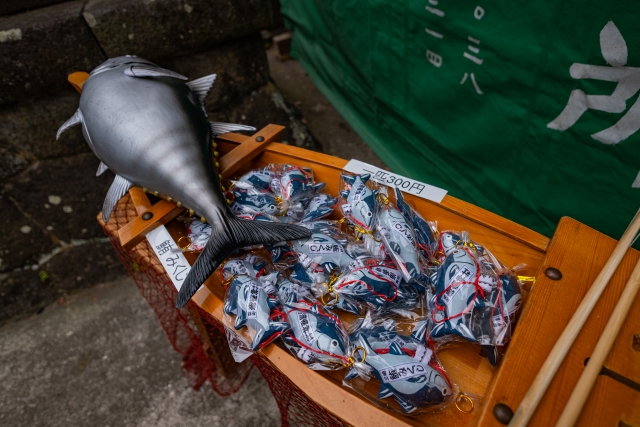
The precincts of Kainan Shrine are dotted with numerous attractions nurtured by over 1,000 years of history. From buildings designated as important cultural properties by Kanagawa Prefecture to sacred trees associated with Minamoto no Yoritomo, the shrine offers a fascinating blend of history and nature.
Architectural and Structural Attractions
On March 22, 2011 (Heisei 22), the main hall, the hall of offerings, and the hall of worship were designated as Kanagawa Prefecture-designated Important Cultural Properties (buildings). The beautiful vermilion-lacquered shrine pavilions still retain their vivid colors over the years, welcoming visitors to the shrine.
A kagura hall is located on the shrine grounds, and on the day after the first day of the first month of November and on the two days following the first day of the second month, the days of the first and second deities of the second month, the days of the first and second deities, the days of the first and second deities, the days of the first and second deities, the days of the first and second deities, the days of the first and second deities. In the Kanto region, it is generally called “satokagura” or “kandai kagura,” but in Misaki, it is called “mask kagura” because people wear masks, and it has been preserved as an important intangible folk cultural property designated by Miura City.
The sacred tree planted by Minamoto no Yoritomo and the Ryujin Shrine
There is an 800-year-old large ginkgo tree in the precincts of the shrine, which is said to have been hand-planted by Minamoto no Yoritomo and is designated as a natural monument by Miura City. The two trees are a pair, one male and one female, and each has its own special meaning.
The female branch hangs down like a woman’s breast and is believed to bring good luck to those who have difficulty in producing breast milk, and women have been coming to touch it to pray since ancient times. On the other hand, the male plant is shaped like a dragon god, and even in midwinter, the grass in the mane and beard of the dragon god is a bright green color.
Under the branch that looks just like the Dragon God is enshrined the Ryujin Shrine, which has become a popular power spot where many visitors are moved by the miraculous form that nature has created, with the neck at the point where the paper droplet is sprinkled, the eye-like hole at the end of it, and the open mouth and beard at the tip.
Shrine Precincts and Cultural Properties
A number of shrines are also enshrined within the precincts of the temple, including the Hesho Shrine, whose deity is Minamoto no Tamecho; Senryu Benzaiten, one of the Seven Lucky Gods of Miura; and Soshu Kainan Takaya Shrine, whose deity is Bankaruganomikoto, who presided over the emperor’s diet and is considered the ancestral deity of Japanese cuisine.
The seven gods of good fortune in Miura, Senryu Benzaiten, has eight arms and eight hands, holds a bow, sword, axe, and snare in her left hand, and an arrow, tridentegeki, dokko pestle, and ring in her right hand, and also draws a biwa.
There is a stone near the female branch of the sacred tree, which is believed to bring good luck if you touch it while making a wish for a good marriage, childbirth, and safe delivery.
Guide to Worship and Visiting the Shrine

Kainan Shrine offers a friendly environment for modern worshipers while respecting the age-old manners of worship. Visitors can deepen their faith in a variety of ways, from traditional events registered as a UNESCO Intangible Cultural Heritage site to daily worship.
Worship Etiquette and Manners
Worship at Kainan Shrine is conducted in accordance with general shrine etiquette. When passing through the torii gate, bow and walk away from the center of the path. After purifying the body and mind at the water closet, bow in front of the hall of worship in the manner of “ni-ai ni clap, ni-ii clap, ni-ii clap, ni-ii clap, ni-ii clap.
Known as the god of the sea and the god of food, Kainan Shrine receives many prayers for maritime safety, prosperous business, and academic success. In particular, many people involved in the fishing and food industries visit the shrine, offering sincere prayers with their own wishes.
Annual & Seasonal Events
The most famous event at Hainan Shrine is “Chakkirako” held on January 15 every year, which was designated as a National Important Intangible Folk Cultural Property in 1976 and registered as a UNESCO Intangible Cultural Heritage in 2009. It has precious cultural value as a folk performing art that has been performed exclusively by women.
Chakkirako has six types of dances: “Hatsuise,” “Chakkirako,” “Nibon Odori,” “Yosasabushi,” “Kamakura-bushi,” and “Oise-mairi.” The dance is dedicated in front of the main shrine at around 10:00 a.m. and in front of the shrine hall in the Kainan Shrine grounds at 10:30 a.m. on the same day.
The summer festival is held on the Saturday and Sunday before the Marine Memorial Day in July, and has been held since the Edo period. The portable shrine procession that takes place in Misaki-shitamachi is a port town-like event that carries on the traditions of the Edo period, and features the portable shrine, floats, wooden lanterns, and musical performances that follow the Gyodo lions.
In the spring, the “God of Food Festival” is held, which is loved by local people as a lively event typical of a shrine dedicated to the god of food, and in early November, a masked Shinto music and dance performance is dedicated, beginning with “Kunigatame” and ending with “Iwato-okiraki” (opening of Iwato).
Red Seal and Charm Information
It is unusual for a single shrine to have seven red seals, and many visitors are surprised and delighted to receive more than one red seal. This is because visitors can receive a red seal for each of the many deities enshrined in the shrine grounds.
Kainan Shrine offers a variety of gifts for various wishes, including amulets for maritime safety, which is associated with the shrine’s origin, academic achievement, protection from bad luck and misfortune, health and healing from illness, childbirth and safe delivery, and good marriage.
Especially popular is the amulet for “solving difficulties,” which is distributed based on the word “Kainan.” This unique amulet is said to be beneficial for “scoring a lot of points (fishing),” and is worn by sportsmen hoping to score a lot of points and by students preparing for entrance exams hoping to solve difficult questions.
The temple grounds are also home to a statue featuring the local specialty “Misaki tuna” and humorous tricks such as a tuna fortune, which are loved by many as a souvenir of their visit.
Access and usage information
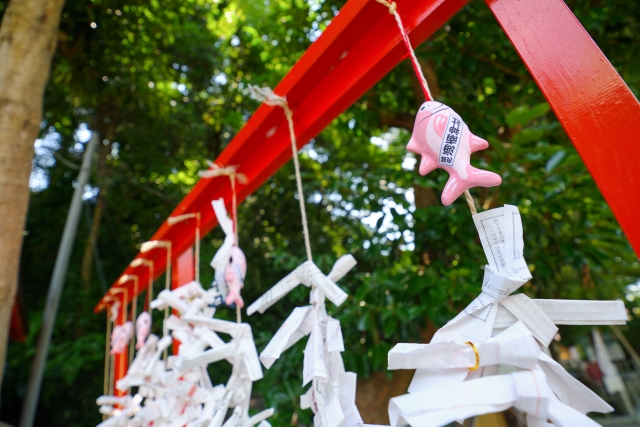
Kainan Shrine is located close to Misaki Port and is easily accessible by both public transportation and private vehicles. It is an ideal location for sightseeing on the Miura Peninsula.
Traffic Access
From Misakiguchi Station on the Keihin Kyuko Line, take the bus bound for “Jogashima” or “Doriya” or “Hamamoroiso” from bus stop No. 2, about 20 minutes, and get off at the “Misaki Port” bus stop.
From the Misaki Port bus stop to Kainan Shrine is a 3-minute walk through the Misaki Ginza shopping district, where you can also enjoy a stroll through the shopping district. Many visitors come to the shrine in conjunction with sightseeing at Jōgashima and Misaki Fishing Port, making it an important spot for sightseeing on the Miura Peninsula.
By train and bus, the Keikyu line goes near the end of the line, so it takes a little longer from the center of the city, but you can enjoy the beautiful scenery of the Miura Peninsula.
<Address> 4-12-11 Misaki, Miura-shi, Kanagawa 238-0243
Hours of Admission, Fees and Parking Information
Although Kainan Shrine is generally open 24 hours a day, red seals and awards are available only during the hours the shrine office is open. It is recommended to check in advance for detailed reception hours.
There is no charge for visiting the shrine, and anyone is free to visit. If you wish to pray, please contact the shrine office in advance.
There is a parking lot on the grounds of the shrine that can accommodate about 10 cars. If it is not a special day, you may park without any problem. However, during major events such as Chakkirako and summer festivals, public transportation is recommended due to the large number of visitors and worshippers.
There is a café called “Kainan Terrace” in front of the shrine grounds, which was started by the wife of a Shinto priest who wanted to create a place for visitors to rest their feet and enjoy the shrine’s unique menu, including gojinsui coffee and gojinsui sweet sake. It is a popular place for relaxation where visitors can spend time before or after their visit to the shrine.
Reference sites
Official website of Kainan Shrine, the head shrine of Soshu Miura: https://kainan.sakura.ne.jp/


